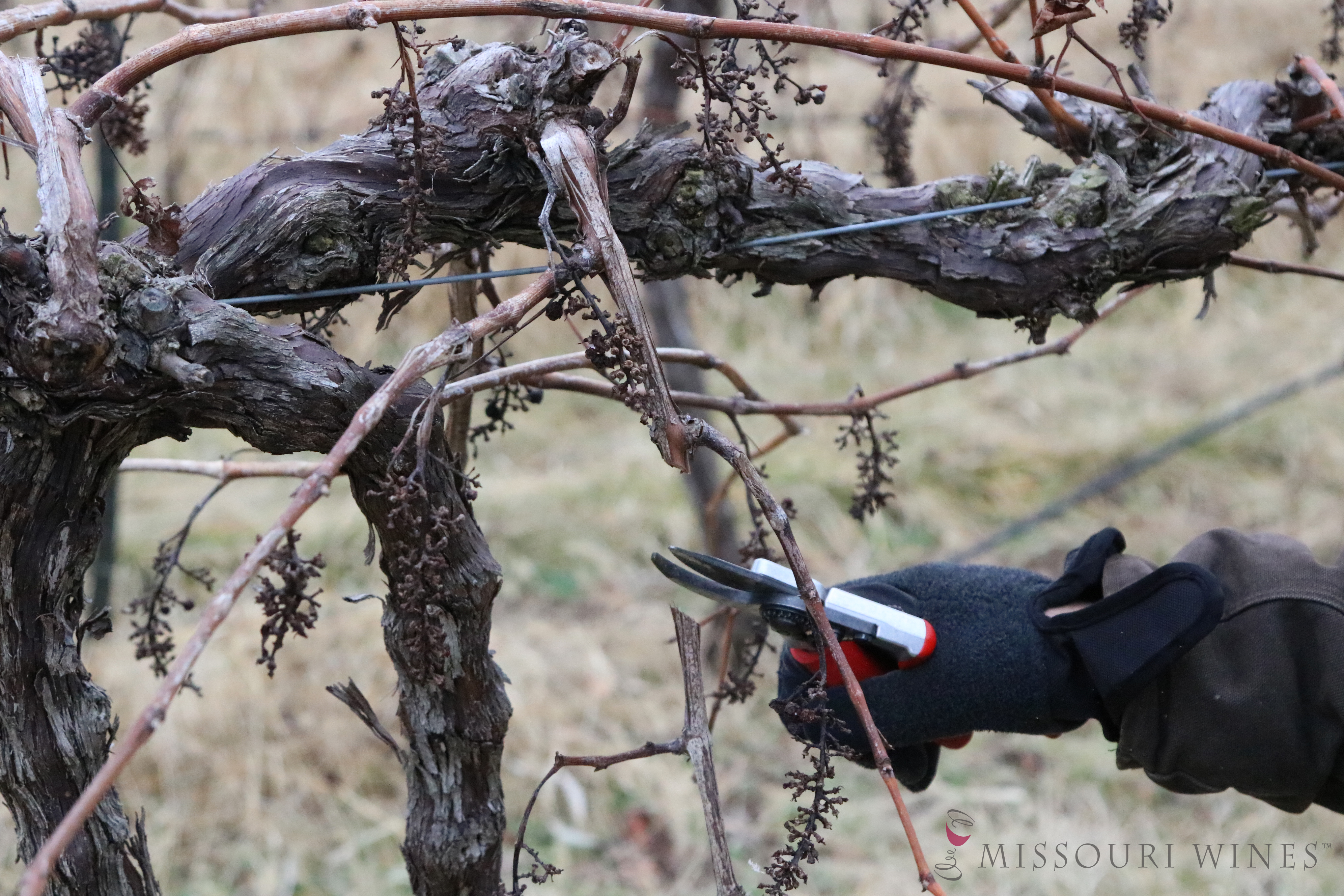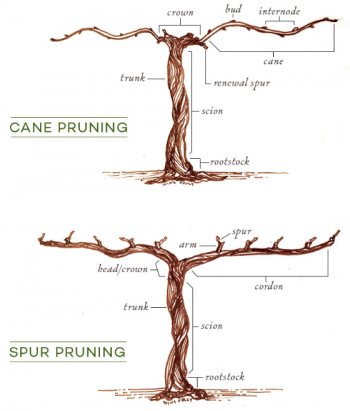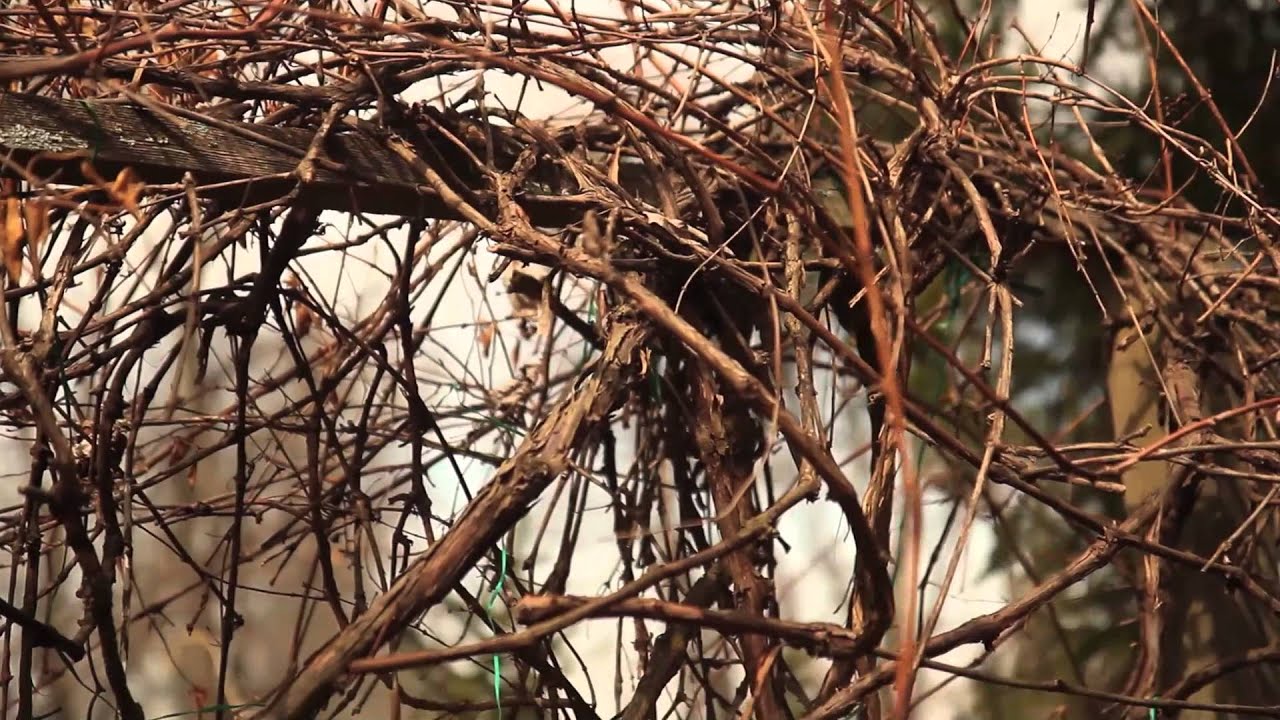January 04, 2024
 If you are a Missouri wine enthusiast, you may have heard the term ‘pruning’ when discussing grapevines. Pruning is a crucial part of maintaining a healthy and productive vineyard as it is essential for producing quality grapes. Whether you are a casual wine sipper or a connoisseur, understanding the importance of pruning can enhance your appreciation of the wine in your glass.
If you are a Missouri wine enthusiast, you may have heard the term ‘pruning’ when discussing grapevines. Pruning is a crucial part of maintaining a healthy and productive vineyard as it is essential for producing quality grapes. Whether you are a casual wine sipper or a connoisseur, understanding the importance of pruning can enhance your appreciation of the wine in your glass.
The purpose of pruning is to get the maximum yields of juice and to have adequate vegetative growth for the upcoming season. Dormant vines are pruned in late January until March. If pruned too early, a hard frost can damage the buds and canes.
Several different pruning techniques are commonly used in Missouri: Cane Pruning, Spur Pruning and Machine Pruning.
Cane pruning involves cutting the vine down to at least one cane that will produce new shoots in the upcoming season. The canes that are cut will not be fruitful.
Spur pruning involves retaining two to four buds off young canes. When pruning, the spurs should be spaced out evenly. Old canes will not be fruitful and not kept.
 Machine pruning is a technique that has gained popularity in recent years. It involves the use of specialized equipment to trim grapevines, usually during the dormant season. The machine prunes the vines by cutting off the old growth and shaping the remaining canes. This method is efficient and cost-effective, as it saves time and labor compared to manual pruning.
Machine pruning is a technique that has gained popularity in recent years. It involves the use of specialized equipment to trim grapevines, usually during the dormant season. The machine prunes the vines by cutting off the old growth and shaping the remaining canes. This method is efficient and cost-effective, as it saves time and labor compared to manual pruning.
If left unpruned, the number of grape clusters would be excessive. The vines would be unable to sustain the growth. Additionally, the vines would become unruly and tangled. Gra pe clusters would become hidden under thick layers of leaves, making it so that the grapes would not ripen. If the vines are not tended to, the clusters will be enjoyed by wildlife and not in a bottle of vino.
pe clusters would become hidden under thick layers of leaves, making it so that the grapes would not ripen. If the vines are not tended to, the clusters will be enjoyed by wildlife and not in a bottle of vino.
Pruning grapevines is an essential aspect of growing healthy and productive grapevines. The next time you open a bottle of Missouri wine, thank those working in the cold to ensure we can enjoy the fruits of their labor.
Want to learn more about the lifecycle of a grapevine? Click here to watch the video!

